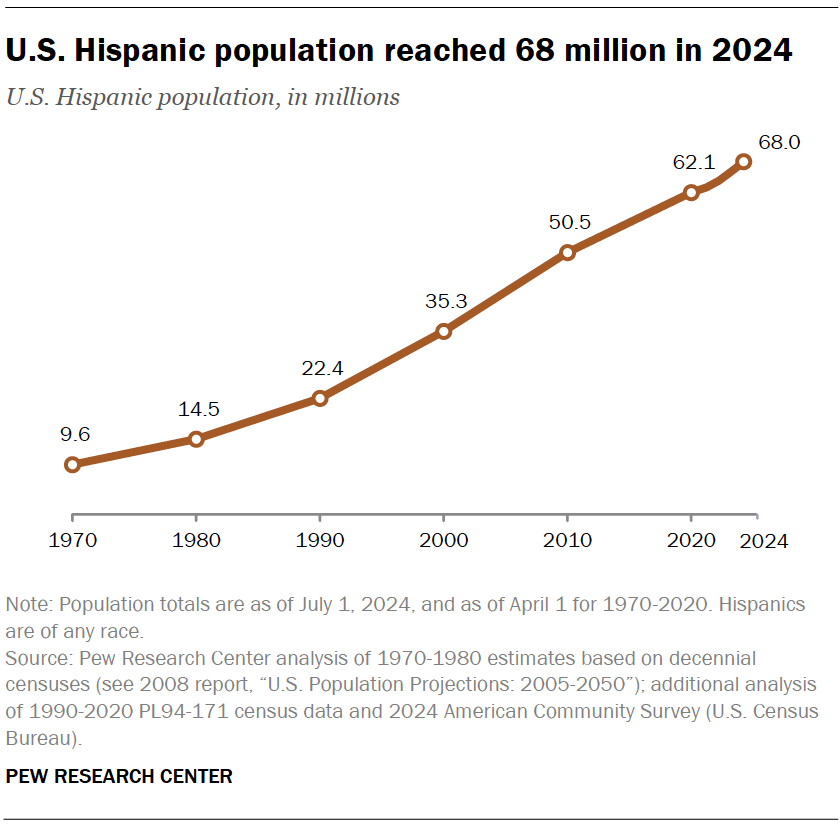Report on the 2025 National Senior Certificate Examinations and Alignment with Sustainable Development Goals
Introduction: Advancing SDG 4 – Quality Education
The commencement of the 2025 National Senior Certificate (NSC) examinations marks a significant milestone in South Africa’s commitment to Sustainable Development Goal 4 (SDG 4), which aims to ensure inclusive and equitable quality education and promote lifelong learning opportunities for all. The Chairperson of the Portfolio Committee on Basic Education, Ms. Joy Maimela, extended well wishes to the cohort, acknowledging the examination as the culmination of 12 years of schooling.
- Total Registered Candidates: 903,561
- Full-Time Candidates: 766,543
- Part-Time Candidates: 137,018
The examinations will be administered across a comprehensive network of centres, reflecting the scale of this educational undertaking.
- Department of Basic Education (DBE) Centres: 6,955
- Independent Examination Board (IEB) Centres: 263
- SACAI Centres: 83
Prioritizing Learner Welfare: A Commitment to SDG 3 – Good Health and Well-being
In alignment with SDG 3, which seeks to ensure healthy lives and promote well-being for all at all ages, significant emphasis has been placed on the emotional and mental health of learners. Ms. Maimela highlighted that this period often involves heightened stress levels and underscored the critical need to prioritize the well-being of all candidates. This focus directly supports Target 3.4, which aims to promote mental health and well-being.
A Multi-Stakeholder Approach: Embracing SDG 17 – Partnerships for the Goals
A call has been issued for a collaborative effort to support the candidates, embodying the principles of SDG 17, which promotes partnerships to achieve sustainable goals. Ms. Maimela urged all stakeholders to contribute to creating an enabling environment for learners to succeed.
- Parents and Families
- Friends and Peers
- Educators and School Officials
- Broader Communities
This collective action is deemed essential for creating the best possible conditions for academic success, demonstrating a nationwide partnership for quality education.
Upholding Institutional Integrity: Supporting SDG 16 – Peace, Justice and Strong Institutions
The integrity and credibility of the NSC examinations are paramount. The Chairperson’s call for teachers, invigilators, and markers to ensure the credibility of the process aligns with SDG 16, which focuses on building effective, accountable, and inclusive institutions. A credible national examination system is a cornerstone of a strong and just educational institution, ensuring that outcomes are fair and recognized.
Analysis of Sustainable Development Goals (SDGs) in the Article
1. Which SDGs are addressed or connected to the issues highlighted in the article?
-
SDG 4: Quality Education
- The entire article is centered on the National Senior Certificate (NSC) examinations, which represent the culmination of secondary education in South Africa. It discusses the administration of exams for a large number of candidates, the importance of the process, and the goal of learner success, all of which are core components of providing quality education.
-
SDG 3: Good Health and Well-being
- The article explicitly addresses the health and well-being of students. It highlights the “heightened stress levels” associated with examinations and states that the “emotional and mental wellbeing of all learners should be prioritised.” This directly connects the educational process to the mental health aspect of SDG 3.
2. What specific targets under those SDGs can be identified based on the article’s content?
-
Target 4.1: By 2030, ensure that all girls and boys complete free, equitable and quality primary and secondary education leading to relevant and effective learning outcomes.
- The article focuses on the NSC examinations, the final stage of secondary education. The registration of 903,561 candidates is a direct reflection of the number of learners reaching the end of their secondary schooling, which is a key component of this target. The call to ensure the “credibility of the NSC examinations” also relates to achieving “effective learning outcomes.”
-
Target 4.a: Build and upgrade education facilities that are child, disability and gender sensitive and provide safe, non-violent, inclusive and effective learning environments for all.
- While not about physical facilities, the article strongly advocates for a supportive learning environment. The call for parents, families, and communities “to help create the best possible conditions for these learners to succeed” and to provide an “enabling environment to study” aligns with the goal of providing safe, inclusive, and effective learning environments.
-
Target 3.4: By 2030, reduce by one third premature mortality from non-communicable diseases through prevention and treatment and promote mental health and well-being.
- The article’s emphasis on prioritizing the “emotional and mental wellbeing of all learners” and urging a “watchful eye on them to ensure they are in a good state of mind” directly addresses the promotion of mental health and well-being, a key component of this target, especially for adolescents during a high-stress period.
3. Are there any indicators mentioned or implied in the article that can be used to measure progress towards the identified targets?
-
Indicator for Target 4.1 (Implied):
- The article provides the total number of candidates registered for the NSC examinations: “a total of 903 561 candidates.” This figure serves as a direct quantitative measure of participation at the end of upper secondary education and can be used as a proxy for the completion rate, which is related to official indicator 4.1.2 (Completion rate).
-
Indicator for Target 4.a (Implied):
- The article implies a qualitative indicator. The call for an “enabling environment” and for communities to “create the best possible conditions” suggests the importance of a supportive psycho-social environment for learning. While not a formal metric, the presence and effectiveness of such support systems could be measured through surveys or assessments related to the learning environment.
-
Indicator for Target 3.4 (Implied):
- The article mentions the need to monitor the “state of mind” of learners and prioritize their “emotional and mental wellbeing.” This implies a qualitative indicator focused on the provision of mental health support and awareness programs within the education system during critical periods like examinations. It points to the importance of actions taken to promote mental well-being, even if it doesn’t provide a specific metric.
Summary Table of SDGs, Targets, and Indicators
| SDGs | Targets | Indicators |
|---|---|---|
| SDG 4: Quality Education | Target 4.1: Ensure all girls and boys complete free, equitable and quality primary and secondary education. | Implied Quantitative Indicator: The number of candidates registered for the National Senior Certificate examinations (903,561), which acts as a proxy for the upper secondary education completion rate (related to Indicator 4.1.2). |
| SDG 4: Quality Education | Target 4.a: Provide safe, non-violent, inclusive and effective learning environments for all. | Implied Qualitative Indicator: The call to “create the best possible conditions” and an “enabling environment” for learners, reflecting the quality of the psycho-social learning environment. |
| SDG 3: Good Health and Well-being | Target 3.4: Promote mental health and well-being. | Implied Qualitative Indicator: The explicit call to prioritize the “emotional and mental wellbeing of all learners” and keep a “watchful eye on them,” indicating a focus on mental health support within the education system. |
Source: africa24tv.com






